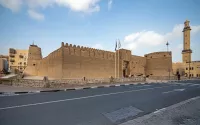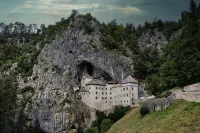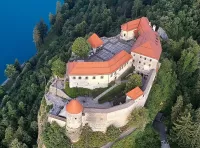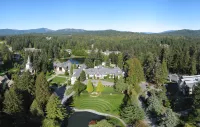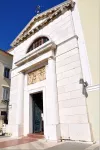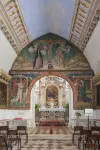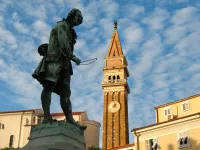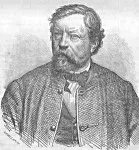Published Dec 07, 2023
In a world shaped by centuries of rich history and cultural heritage, historical buildings stand as silent witnesses to the past. These architectural marvels not only tell the stories of nations but also provide a tangible link to the traditions and events that have shaped our societies. The importance of preserving these treasures is undeniable, and the curiosity to explore them is growing stronger by the day. These are the places that people, once in a new location, want to see.
Table of Contents
Hide
- Heritage Preservation: Historical buildings hold immense cultural value, linking us to centuries of history. Preserving them is vital to maintain cultural narratives and traditions.
- Digital Historical Journey: An interactive map offers an innovative way to explore lesser-known but culturally significant historical buildings globally. It continually expands, inviting passionate history enthusiasts on a unique global tour.
- Insights into the Past: These buildings provide insights into a nation's history, showcasing architectural styles, societal values, and technological advancements across different eras.
- Preservation Importance: Experts emphasize preserving historical buildings as they embody our cultural identities and heritage. These structures are living monuments reflecting our ancestors' creativity and norms.
- Literary Insights: Influential travel writers vividly describe historical sites worldwide, offering literary tours through captivating places.
- Academic Perspective: Articles explore how historic buildings shape national identity and hold economic and political significance. Personal experiences highlight the educational value of visiting these sites.
- Interactive Mapping's Impact: An interactive map serves as an invaluable tool for travelers and history enthusiasts. With user-friendly features and diverse search options, it facilitates immersive exploration of global cultural heritage.
If you're passionate about history or love to explore the world's diverse heritage, get ready for an exciting adventure. In this article, we're delighted to present an innovative approach for a global historical journey: an interactive map featuring a myriad of historical buildings from various corners of the world. These buildings may not all be the most famous, but they each hold unique tales and cultural significance that make them captivating destinations to explore. The best part? This map is in constant expansion, with new sites continually being added.
The aim is to guide you through this digital odyssey, combining the allure of historical architecture with the power of cutting-edge technology. You'll not only learn about the historical significance of these buildings but also discover a user-friendly, interactive map that allows you to virtually wander through these remarkable structures in different countries.
In the following sections, we will dig into the significance of historical buildings, explore the benefits of an interactive map, navigate its features, and take you on a virtual tour of selected historical buildings from various corners of the world. By the end of this article, we hope you'll be inspired to start your own journey, uncovering the past, and appreciating the beauty of historical buildings, all with the help of this dynamic map that keeps growing as we uncover more historical gems.
The Significance of Historical Buildings
We should start with a simple question, what is an historical building?
An historical building, often referred to as a historic building, is a structure that holds significant historical value. It is recognized and documented as having historic significance, and it may also be part of a historic district. These buildings are typically listed in a register or inventory of historic places.
In essence, an historical building is generally considered to be a structure that possesses 'historic value,' connecting people in the present to the past through events, significance, or associations. This historical value can be attributed to its importance in relation to a specific historical event or period, or it may be associated with nationally significant figures. Furthermore, an historical building might hold historical interest due to its construction methods, design, architectural significance, and other unique features that contribute to its historical and cultural importance.
How historical buildings provide insights into a nation's past?
Historical buildings act as tangible records of a nation's past, offering insights into its history, culture, and societal development. These structures reflect architectural styles, significant events, influential figures, and societal values of their respective eras. They provide a glimpse into technological advancements, cultural movements, and the economic status of a nation across different periods, serving as living testaments to the evolution of societies and their legacies.
The importance of preserving historical buildings
Experts universally advocate for the preservation of historical buildings due to their immense cultural and historical value. They emphasize that these structures serve as invaluable resources, offering tangible links to our past. Preservation experts argue that these buildings are not just about aesthetics or architectural prowess; they embody the essence of our cultural identity.
According to these experts, the conservation of historical buildings is crucial as they hold stories of our ancestors, displaying their creativity, craftsmanship, and societal norms. They view these sites as living monuments that provide essential insights into the evolution of civilizations, architecture, and societal values over time.
Moreover, experts believe that the preservation of these structures isn't solely a matter of maintaining physical edifices; it's about safeguarding narratives and memories that contribute to our shared human experience. This collective sentiment among experts underscores the universal significance of historical building preservation and underscores the importance of continued efforts in this endeavor.
Some random Historical Buildings
Here is a minuscule list of randomly selected historical landmarks selected from the archive. A small world tour of culture and architecture.
Western Archery Platform - Hwaseong Fortress

InfoMap.Travel
An archery platform, called nodae in Korean, is a tall structure from which the enemy could be attacked with a mechanical bow. There are two archery platforms in Hwaseong Fortress, one in the west and one in the northeast. The Western Archery Platform is built of bricks in a narrow octagonal shape. It sits at the highest point in Hwaseong Fortress, from which soldiers could monitor the movements of distant enemies and attack. (Read More)
Fort Impérial - Empire's Fort
Constructed between 1806 and 1812 during the period of French rule in Dubrovnik and dedicated to Napoleon the First. Between 1815 and 1882, the Austrian army extended and further adapted the fort. During the Homeland War, 1991 - 1995 (Croatian War of Independence), the fortress became a symbol of heroic defense of Dubrovnik. (Read More)
Mălâncrav Fortified Church
The 14th-century Mălâncrav Fortified Church, a Romanesque basilica with a tripartite layout, originally dedicated to Maria, underwent changes due to Reformation. Its fortifications from the 15th/16th centuries are partially preserved, with tower defense and wall ruins. Restoration in 1913 led to its current non-plastered stone appearance. Notable features include frescoes, intricate carvings, a Gothic winged altar depicting Mother of God, and a late Gothic pew crafted by Johann Reychmut. (Read More)
Schloss Johannisberg
Schloss Johannisberg, situated in the village of Johannisberg in the Rheingau wine-growing region of Hesse, Germany, functions as both a castle and a winery. With a winemaking legacy spanning over 900 years, it's renowned for its association with the inception of late harvest wines. The palace also serves as a venue for the Rheingau Musik Festival, made accessible by co-founder Tatiana von Metternich-Winneburg.
Historical Timeline Schloss Johannisberg
The locale, linked to winemaking since the Middle Ages, saw vineyards under Louis the Pious yielding wine around Charlemagne's era. In 1100, Benedictine monks erected a monastery on Bischofsberg ('Bishop's mountain'), recognizing it as prime vine-growing terrain. Thirty years later, a Romanesque basilica in honor of (Read More)
Croatian National Theatre - Hrvatsko narodno kazalište u Osijeku
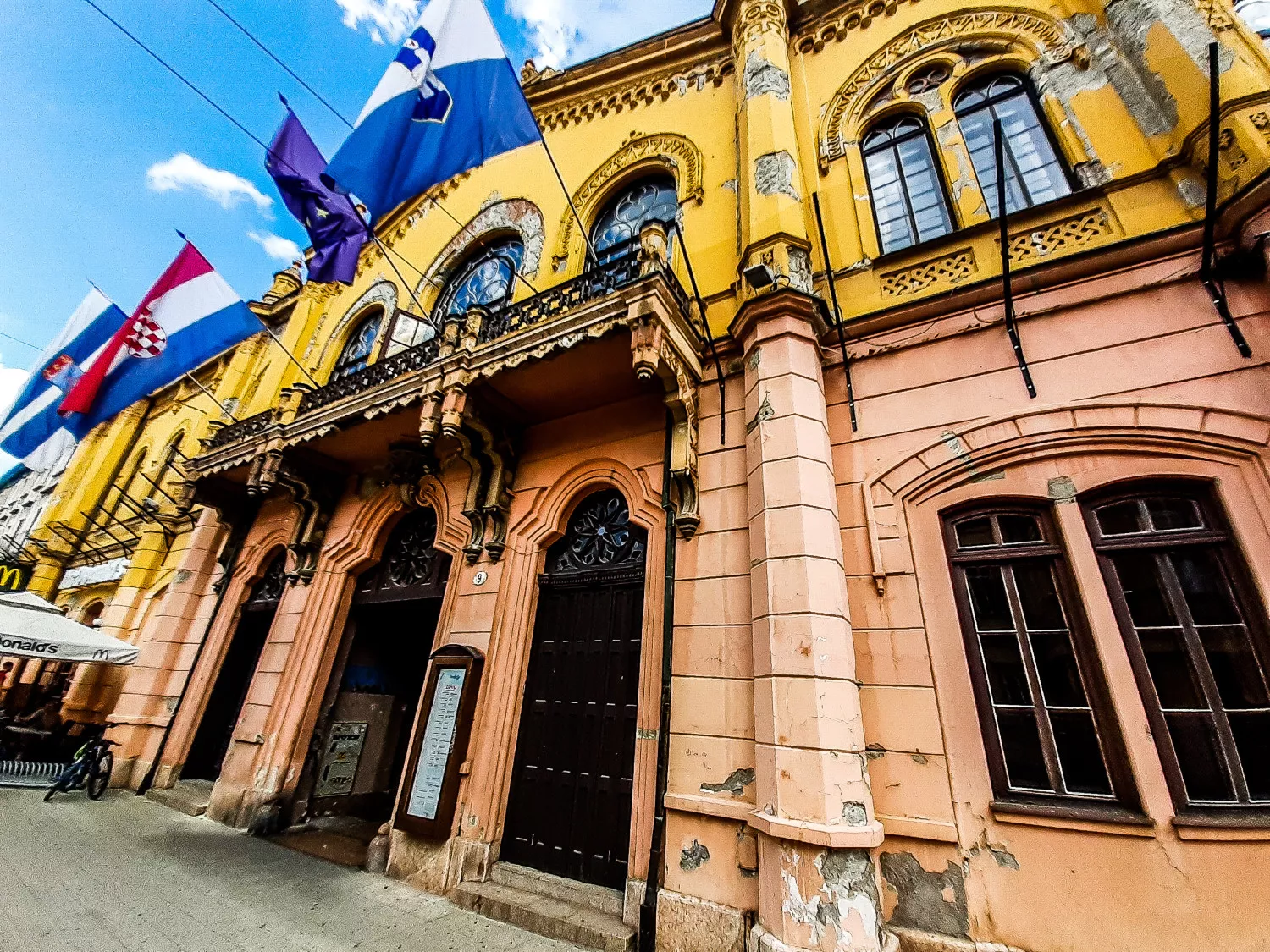
InfoMap.Travel
The Croatian National Theatre, known as Hrvatsko narodno kazalište u Osijeku in Croatian, stands as a prominent theatre building in Osijek, the capital of the Croatian region of Slavonia. Originally opened in 1866, the theatre underwent expansion and was fully completed in 1907, following the plans of its local architect, Karlo Klausner. It was meticulously designed in the Baroque style for its exterior. Unfortunately, during the Croatian War of Independence in the 1990s, the building suffered damage from the JNA. However, extensive restoration efforts were carried out to restore its former glory, and in December 1994, the theatre was officially re-opened by then-President of Croatia, Franjo Tuđman. (Read More)
Church of Our Lady of the Angels - Veli Lošinj
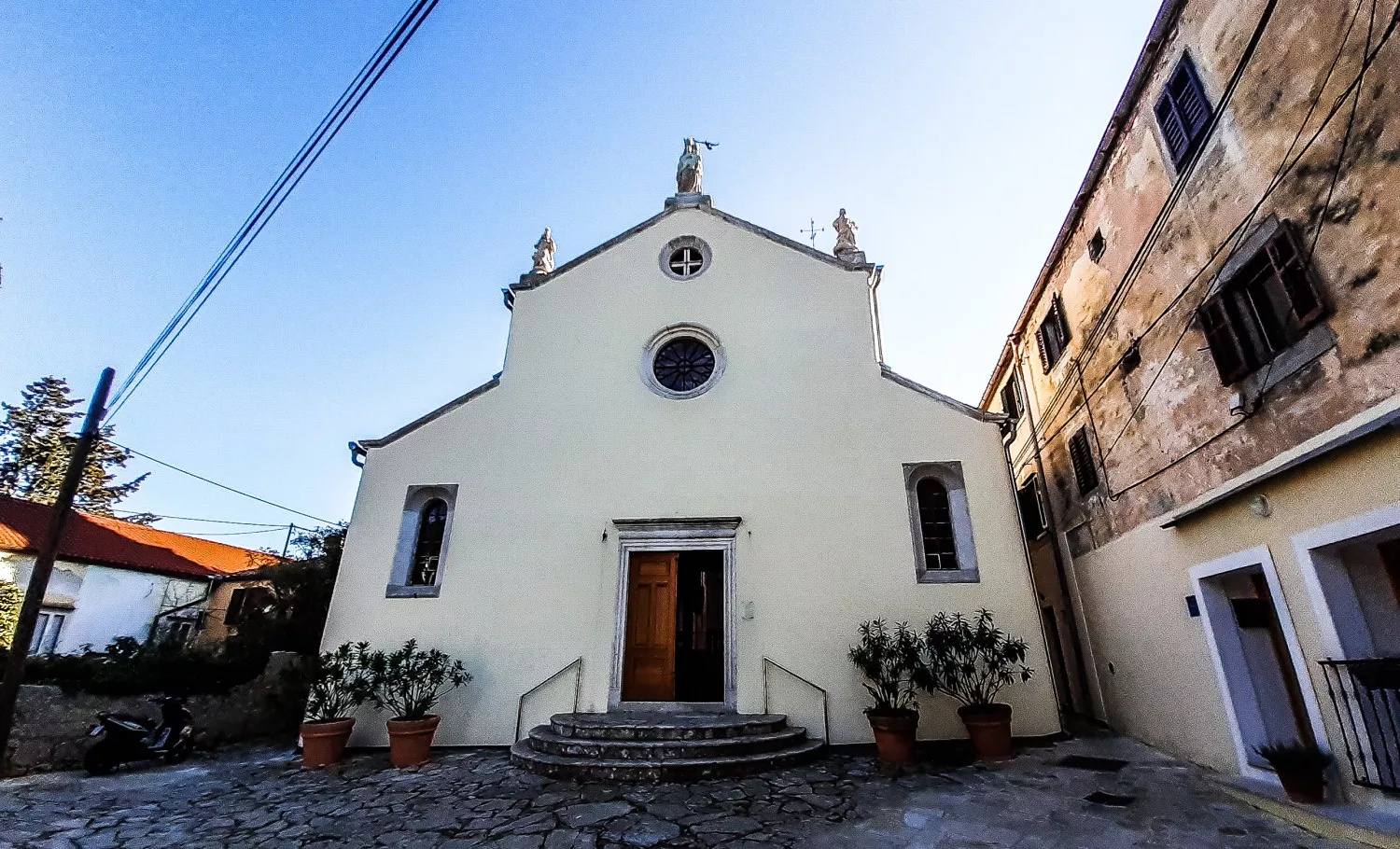
InfoMap.Travel
The Church of Our Lady of the Angels was built in the 16th century. It was originally built in the shape of a triple-nave basilica. In 1732 the church was expanded and the current shrine was added. One of the most valuable features of the church are organs made by famous Venetian master Gaetano Callido. (Read More)
Saint Nedelya Orthodox Church - Plovdiv
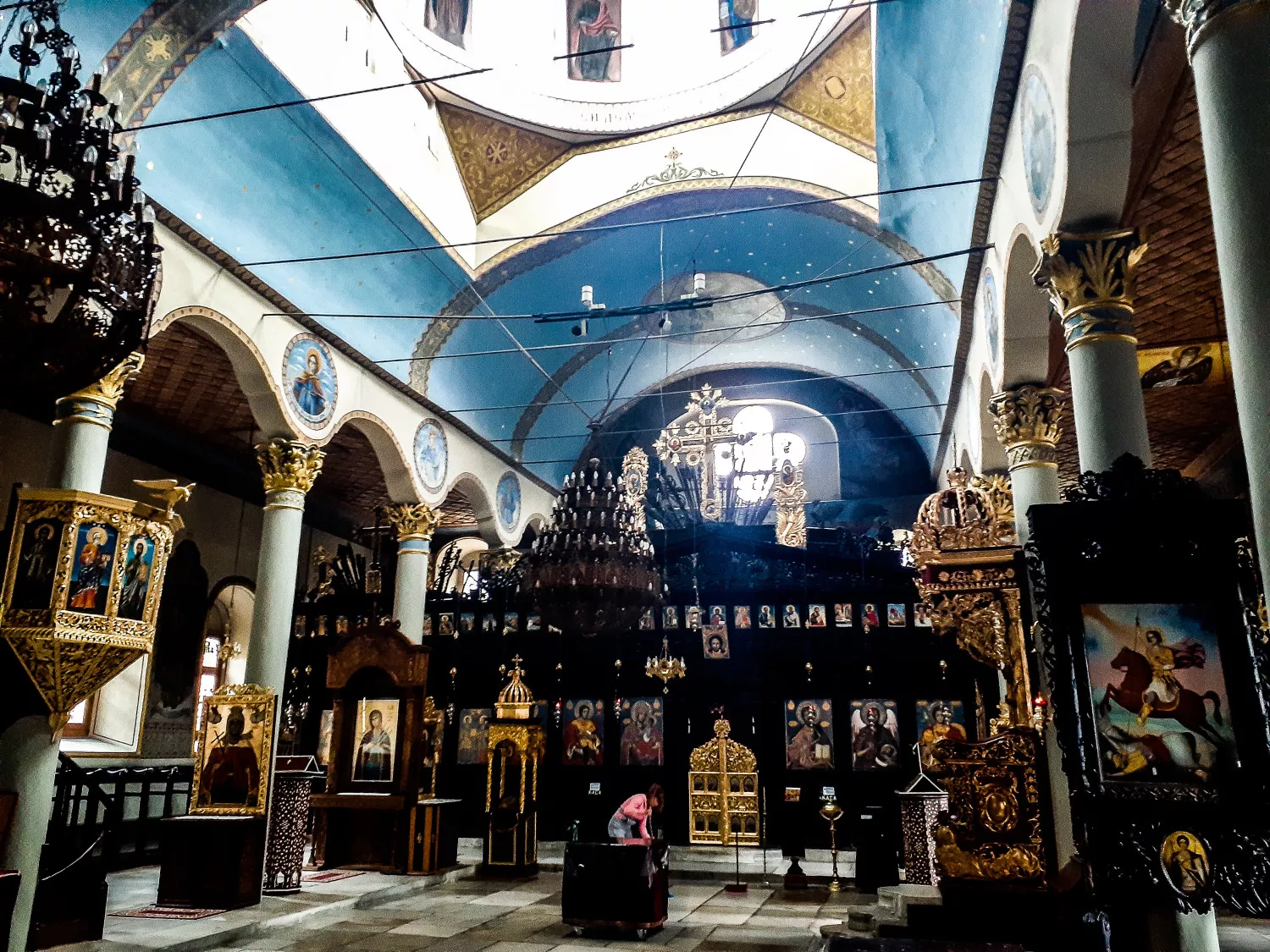
InfoMap.Travel
Great female martyrs have traditionally been honoured ever since the times of Bulgarian medieval kings. During the reign of the Assens (12th-13th centuries) the relics of St Nedelya and St Petka were moved to Turnovo, the medieval capital of Bulgaria. The churches built in their honour were later demolished by the Muslim conquerors. Nevertheless, these saints were honoured by all Bulgarians even during the Ottoman rule. The Passional of St. Nedelya, written by Patriarch Euthimius of Turnovo, is still preserved. St Nedelya Church, one of the oldest in Plovdiv, received a new wood-carved iconostasis in 1766 and it is still preserved inside the chapel located in the churchyard.
The church was rebuilt in 1831-1832 by the Bratsigovo builder Petko Petkov. The exquisite walnut (Read More)
Historical Buildings in Literature
This part is all about amazing travel writers and how they see famous historical buildings. They share their thoughts and stories about these iconic places through their writings.
Robert Byron
The refined Robert Byron, one of the greatest travel writers of the 20th century took us to the holy Mt. Athos in Greece and describe the Vatopedi monastery.
But it is at Vatopedi that the whole gamut of colour seems to have coalesced in one gorgeous ensemble. Nowhere are the tones so luxuriant, nor the principle of their application so clear. Loth to lose the detail of its composition in a memory replete with the glory of the whole, I made a plan. And from this can still picture to myself the vivid magnificence of the scene: the violent contrast of the snow-white campanile against the fevered, rust-coloured church, smooth as silken velvet; the northern range of buildings, light red and grey, their roofs covered with lichen of daffodil yellow and sprouting hosts of tall white chimneys against the blue bay below; the high, curving rows of cells at the foot of the hills behind, forming a background to the exquisite pink chapel of the Holy Girdle near the gate, rising as a ship on a wave from the sloping grass-grown flags; everywhere the inevitable Greek blue, that chalky bluebell blue, covering shutters and window-sills, outlining white buildings to make them colder, strawberry ones to make them hotter; and over all the sun flashing on the leaded cupolas and glittering down the lead ribs of the cones atop the towers. In this lead roofing Byzantine building has excelled. With no abruptness, yet without the ostentation of a definite pitch, the vertical lines of the structure are brought gently to rest, and its colours no wit disturbed by that soft grey which slowly gleams and fades as the sun moves over the heavens.
The Station Athos: Treasures and Men
Patrick Leigh Fermor
Let’s see how the lyricism of Patrick Leigh Fermor is able to render the Melk Abbey in Austria during his journey through Europe in 1933.
“Through the last water-meadow, before the mountains resumed their grip, I was approaching one of those landmarks. High on a limestone bluff, beneath two baroque towers and a taller central dome, tiers of uncountable windows streamed away into the sky. It was Melk at last, a long conventual palace cruising above the roofs and the trees, a quinquereme among abbeys.”... “Afterwards, it was in confused musical terms that the stages of our progress strung themselves together in my memory. This is how they resound there still. Overtures and preludes followed each other as courtyard opened on courtyard. Ascending staircases unfolded as vaingloriously as pavanes. Cloisters developed with the complexity of double, triple and quadruple fugues. The suites of state apartments concatenated with the variety, the mood and the decor of symphonic movements. Among the receding infinity of gold bindings in the library, the polished reflections, the galleries and the terrestrial and celestial globes gleaming in the radiance of their flared embrasures, music, again, seemed to intervene.”
A Time of Gifts
Jan Morris
The genius of Jan Morris took us to the Italian city of Trieste which was described masterfully in the book “Trieste and the meaning of nowhere”.
“It is a place ancient in history, but not in presence. Its true roots lie not in Roman antiquity, as the irredentists and the Fascists loved to argue, but in the commercial enterprise of the Habsburgs and their cosmopolitan agents.” … “There are a lot of churches in Trieste, but because it was developed as a multi-national polyglot seaport, Christianity has been more thinned down here than elsewhere, and distributed among many sects and rituals- Roman Catholic, Greek Orthodox, Serbian Orthodox, Anglican, Methodist, Armenian Catholic, Waldensian. Some of these temples are assertive enough: the Roman Catholic church of San Antonio Taumaturgo, St. Anthony the Wonder-Worker, which have seen standing grandly at the head of the Canal Grande, or the big domed Serbian Orthodox church of San Spiridone nearby, or the twin-towered Greek Orthodox church of San Nicolo on the waterfront, or the Jesuit church of Santa Maggiore which majestically surveys from its hillside platform the city centre below.“ … “The enchanting little twelfth-century church of San Silvestro, where the Waldesians worship, nestles shyly in the shadow of Santa Maggiore. A steepled neo-Gothic church belonging to the Lutheran Evangelicals is almost unnoticeable among the downtown banks and offices.” “Trieste and the meaning of nowhere”
Trieste and the meaning of nowhere
Freya Stark
The Times described her as “the last of the Romantic Travellers” when she died in 1993, we follow her through the pages of the timeless masterpiece “The Valleys of the Assassins” while she explores the Lambsar fort in Iran.
“...We struggled up towards the castle from a precipitous ravine, until the smooth, steep ledges became too much even for our unburdened mules, and leaving them, with the battlements looming above us, we scrambled up a slope of blackish rock where pomegranate bushes grew, to the western gate of the fortress. The walls are no longer intact on the summit of their mountain of rock, but their ruins, and the fierce and gloomy valley, are impressive as ever”... “The battlements of Lamiasar (Lambsar) have crumbled, but they still dominate the landscape at a little distance as they follow in and out the contours of the truncated cone of hill and enclose a sloping surface about 1500 feet long by 600 feet wide, where the remains of buildings are scattered. There is not much masonry on the long western side; the natural precipice must always have been a sufficient defence in itself, and a series of small towers stood here on every outjutting point, a bowshot one from the other.”... “On the north alone the approach is possible, for here is the neck which joins the castle to the mountainside behind it, and here the water conduit once came down from the upper village of Viar, visible through a narrow defile on the Naina Rud.”
The Valleys of the Assassins
Academic Resources to Further Investigate the Topic
Introduction: the state and historic buildings: preserving ‘the national past’
This article focuses on how historic buildings contribute to nationalism by shaping national identity. It discusses their role in the expanding heritage industry, which holds increasing economic and political significance. Despite their physical existence, these buildings become 'historic' through intentional processes of selection and significance.
The article explores how the state influences this by defining, selecting, and safeguarding certain buildings through policies, ownership, and their use for nationalistic purposes. It also examines why state actors might choose to destroy or neglect preservation, citing nationalistic and economic motives.
Ultimately, it aims to understand when and why state actors protect or disregard historic buildings, shedding light on patterns of action in fostering national identity and cultural nationalism.
Influence of architectural heritage on the identity and present-day world
This interesting article highlights the significance of architectural heritage and the multifaceted reasons why it should be preserved. It emphasizes that our built environment, including monuments, groups of buildings, and sites, carries immense historical, cultural, and social importance. Preservation of these structures is seen as crucial not only for maintaining historical artifacts but also for safeguarding intangible aspects such as cultural identity and memory.
What I Learned From Visiting a Historical Site: an Undergraduate's Experience at Gettysburg
This article recounts a personal experience visiting the Gettysburg National Military Park in Pennsylvania, reflecting on the profound value of visiting historical sites, particularly for educational and personal enrichment purposes. It discusses the decline in Americans visiting historical parks and monuments, emphasizing the importance of such visits to understand history better.
The writer, a student from Brigham Young University interning with the American Historical Association, reflects on their trip to Gettysburg. They detail the experiences and insights gained from exploring the battlefield, museum, and cemetery related to the historic Battle of Gettysburg.
Why Do Old Places Matter?
This article by Thompson Mayes, author of the book “Why Old Places Matter”, outlines the multifaceted significance of old and historic places, highlighting the various ways these sites contribute to society, culture, identity, and personal well-being. Tom Mayes, a preservationist and legal expert, embarked on a journey to explore the question: "Why Do Old Places Matter?" His reflections encompass a broad spectrum of themes:Continuity, Memory, Individual and Collective Identity, Civic and National Identity, Beauty and Transformation, Historical Significance, Architecture and Art, Sacredness, Creativity, Learning and Education, Sustainability, Ancestral Connection, Community, Economic Value.
Interactive Map of Cultural Heritage and Landmarks
In today's digital era, an interactive map showcasing historical landmarks, historical sites, and cultural heritage holds immense value. It serves as a versatile tool catering to both travelers and history enthusiasts, offering a myriad of benefits. The user-friendly interface of this map ensures ease of navigation, allowing users to explore and delve into the richness of historical buildings worldwide.
One of the prime advantages of this interactive map is its accessibility. Travelers seeking to uncover historical treasures can easily access information about significant sites, enabling them to plan immersive journeys steeped in history. Simultaneously, history enthusiasts keen on exploring and understanding different epochs can use the map to deepen their knowledge and appreciation of diverse cultural heritages.
The map's ongoing expansion to cover more historical buildings globally ensures that users have a comprehensive database at their fingertips. This expansion includes an array of user-friendly features such as filters, search options, and user-generated content. These features facilitate tailored searches, allowing users to explore historical buildings by city, specific dates, associated individuals, entities, answered questions, or even keywords related to these structures.
For instance, users can filter their searches by specific years or dates, unraveling historical buildings linked to those timeframes. Similarly, exploring buildings connected to particular individuals or entities becomes seamless with the map's targeted search options. Moreover, users can pose specific queries and access buildings that correspond to those inquiries, or search for structures based on particular keywords, thus offering a dynamic and immersive historical exploration experience.
Overall, this interactive map not only bridges the gap between travelers and history but also empowers users to actively engage with and contribute to the ever-expanding repository of global cultural heritage.


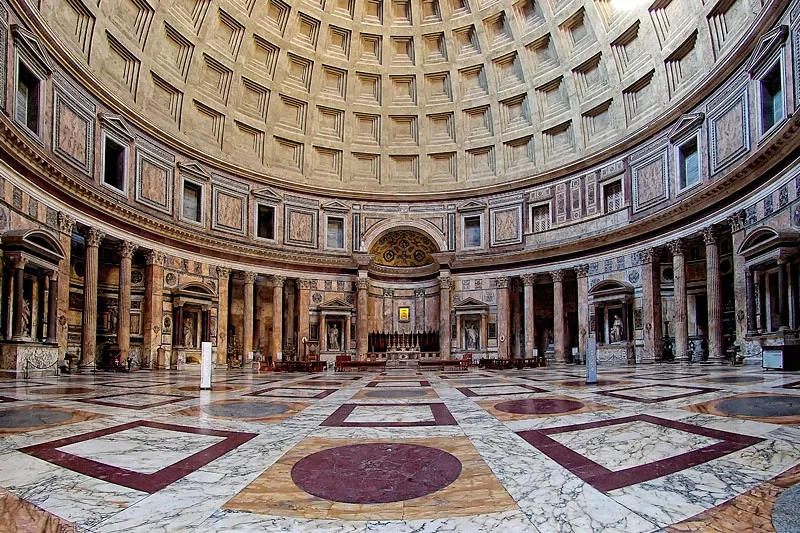
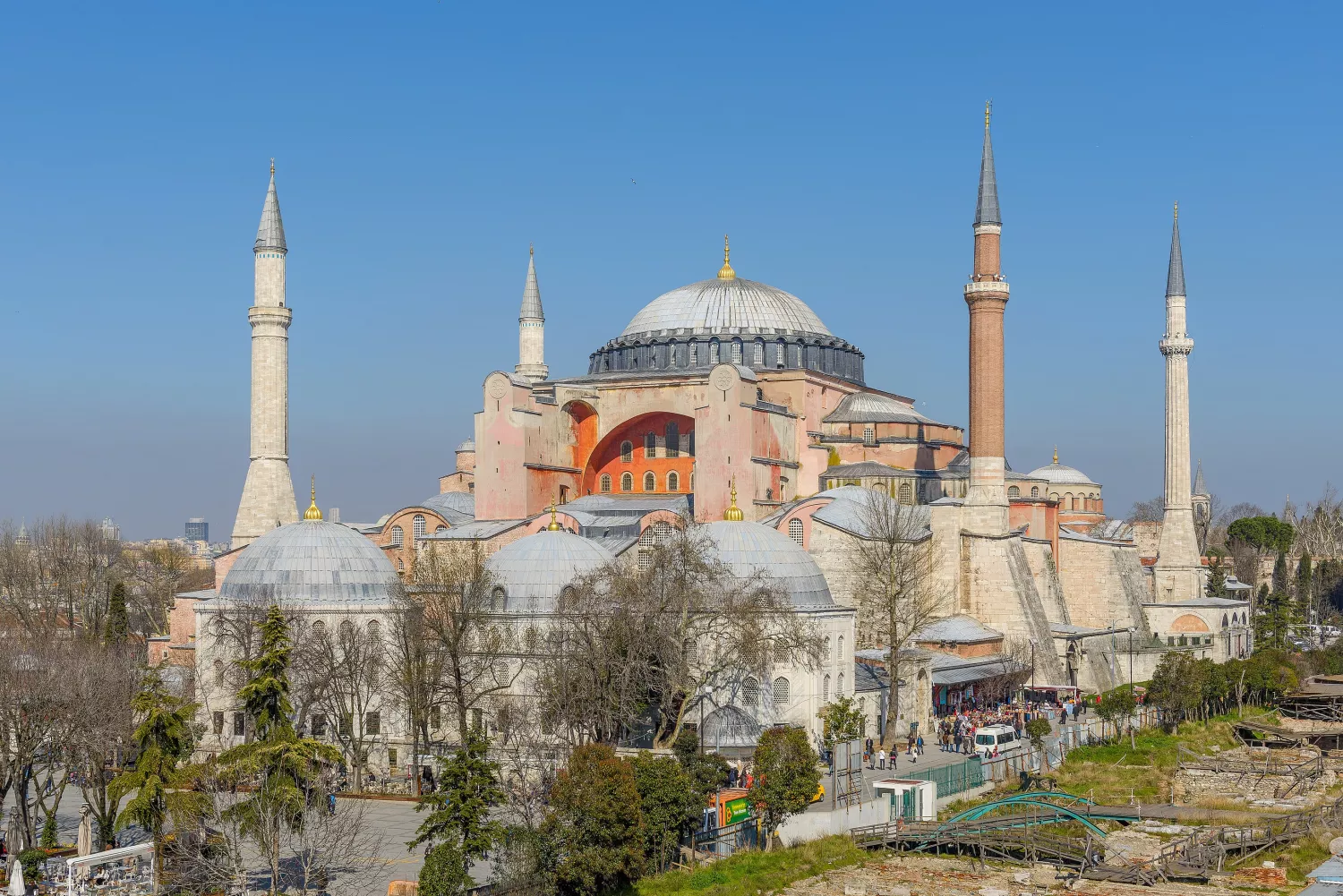
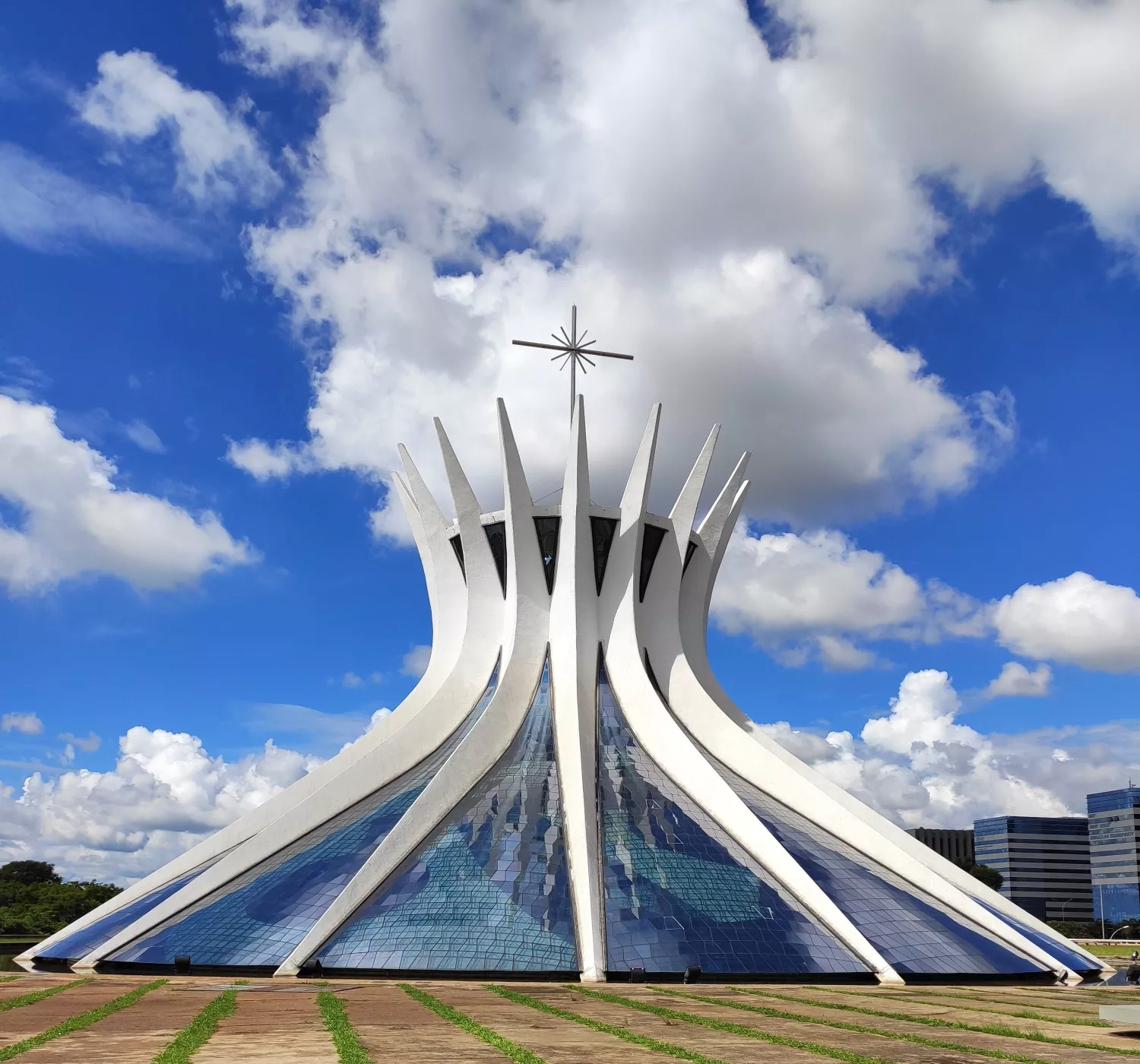
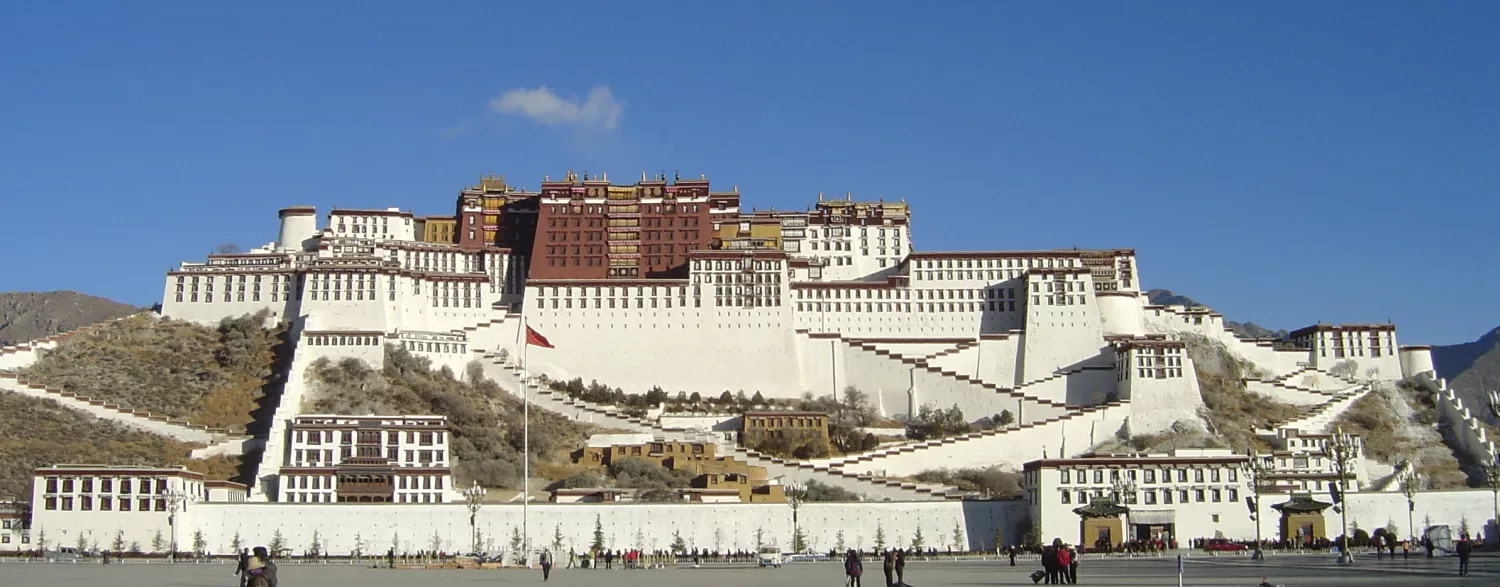
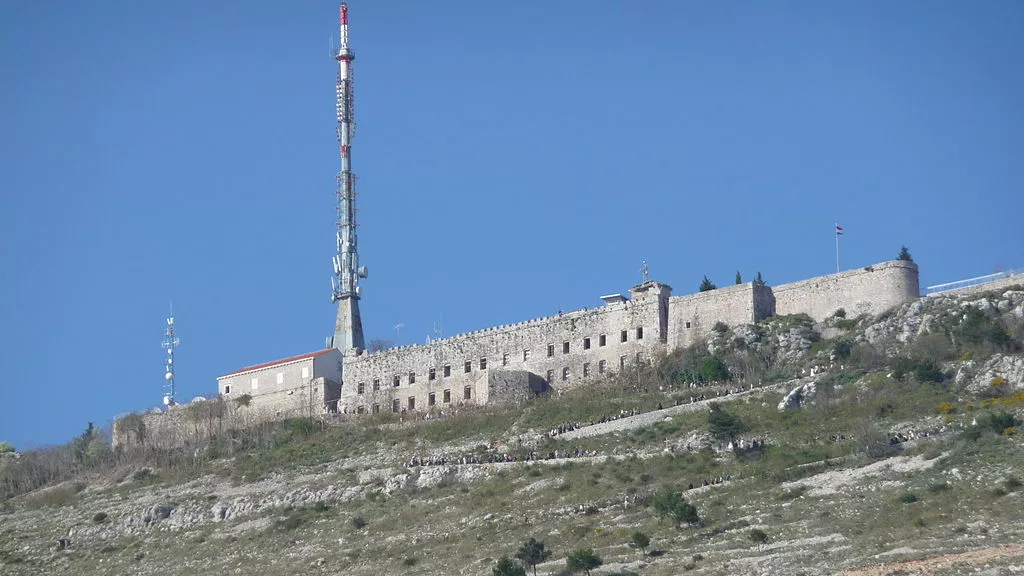
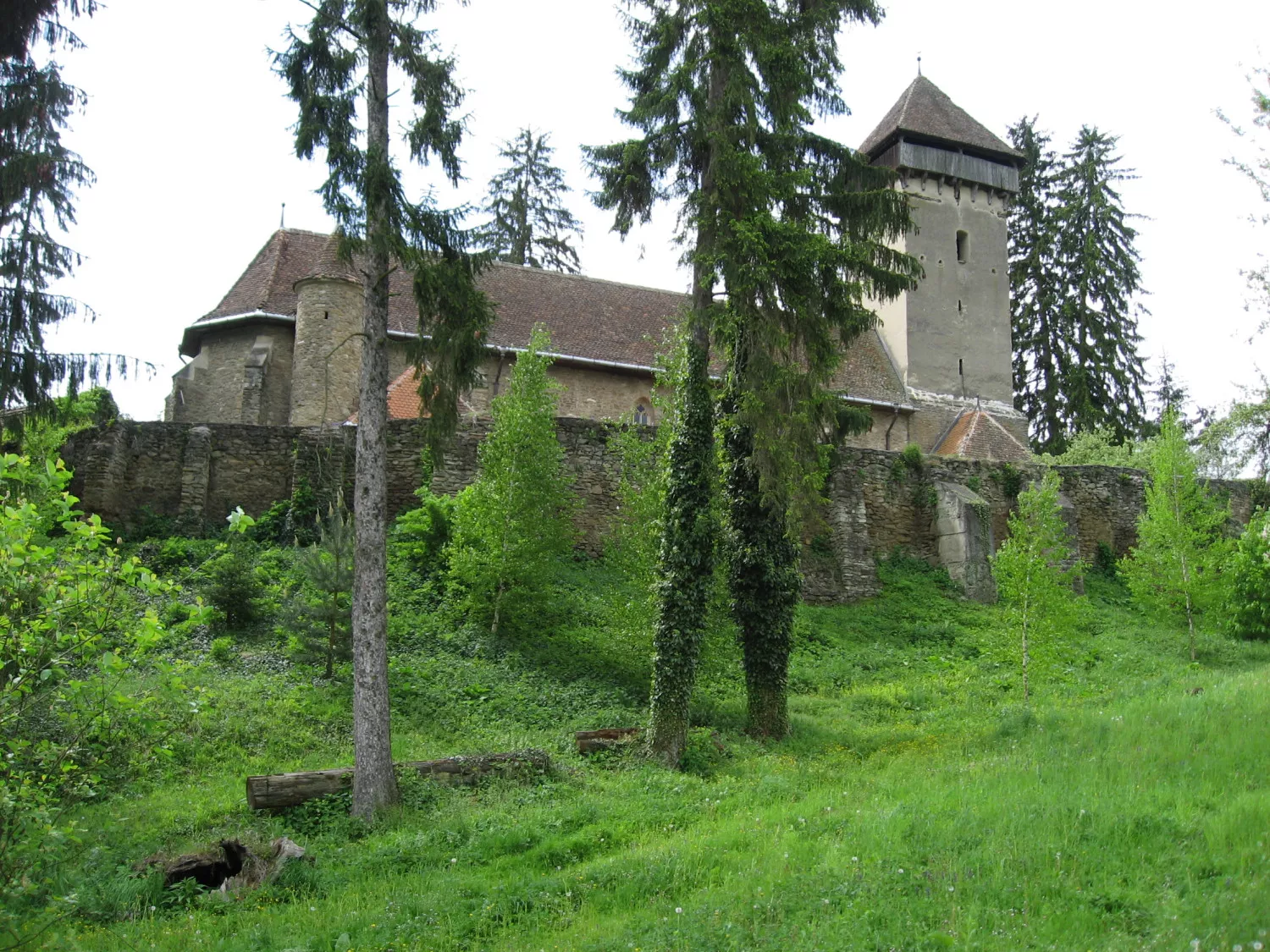
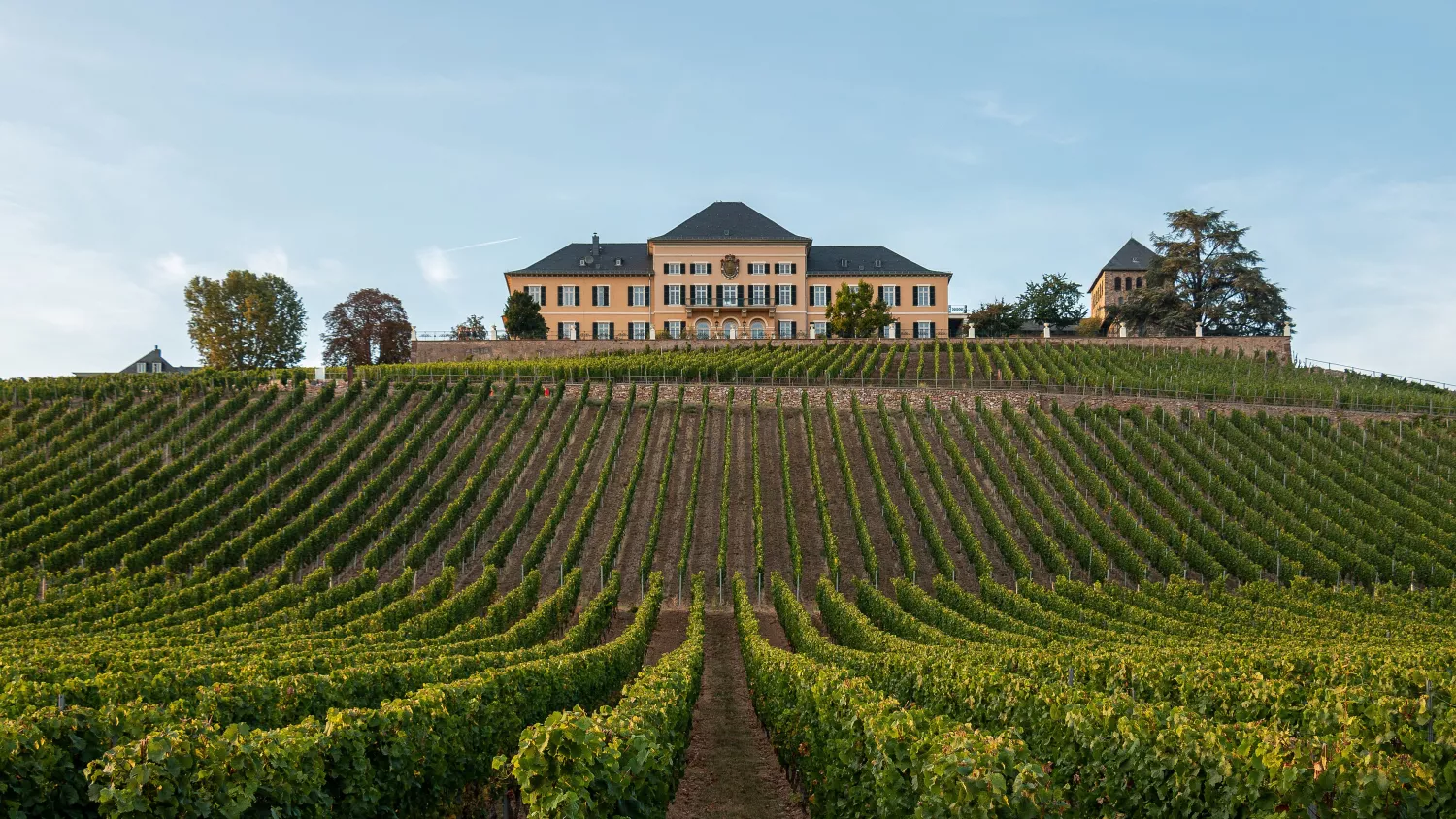

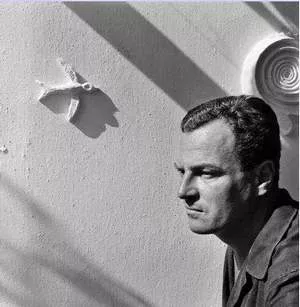
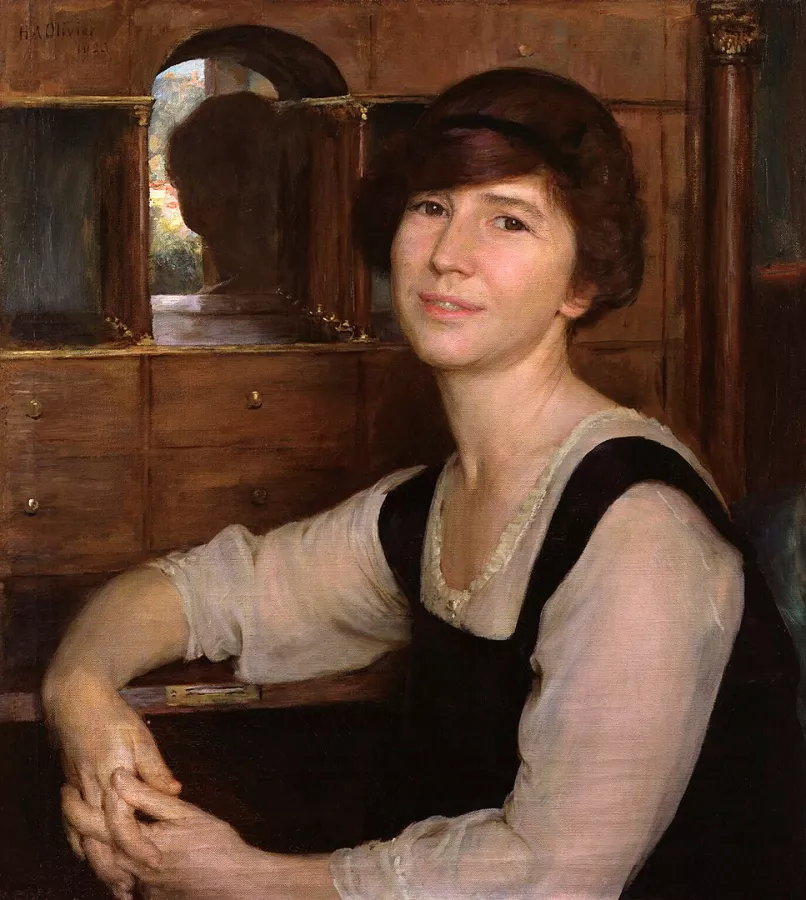
 Loading data
Loading data
